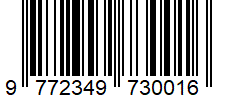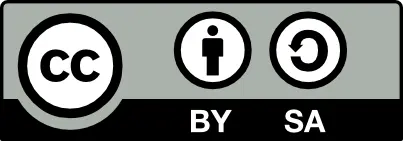Three-Way Match Automation in IT Audits: Enhancing Control Testing in Financial Audits
Authors: Shiksha Rout
DOI: https://doi.org/10.5281/zenodo.14040162
Short DOI: https://doi.org/g8p584
Country: India
Full-text Research PDF File:
View |
Download
Abstract: The Three-Way Match (TWM) procedure, a fundamental technique in financial auditing, involves reconciling purchase orders, invoices, and receipts to guarantee accuracy and compliance. In the field of IT audits, automating the TWM process represents an important potential to improve control testing and streamline audit processes. Organizations may efficiently spot errors and manage financial transaction risks by using modern data analytics and machine learning approaches. This automation not only avoids human error but also improves the accuracy of financial reports. Also, real-time monitoring enables continuous oversight of transactions, allowing auditors to concentrate on higher-risk areas and strategic decision-making. The work examines the application of TWM automation in IT audits, emphasizing the benefits, challenges, and best practices for organizations. Working to improve their audit procedures. Finally, TWM automation promotes a proactive audit environment by increasing the accuracy of financial audits and strengthening organizational controls.
Keywords: Three-Way Match, Automation, IT Audits, accuracy and compliance, Financial Audits, Data Analytics, Machine learning
Paper Id: 231511
Published On: 2022-01-13
Published In: Volume 10, Issue 1, January-February 2022





 All research papers published in this journal/on this website are openly accessible and licensed under
All research papers published in this journal/on this website are openly accessible and licensed under 